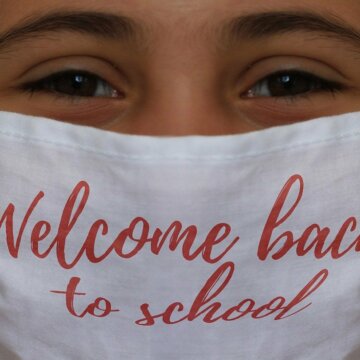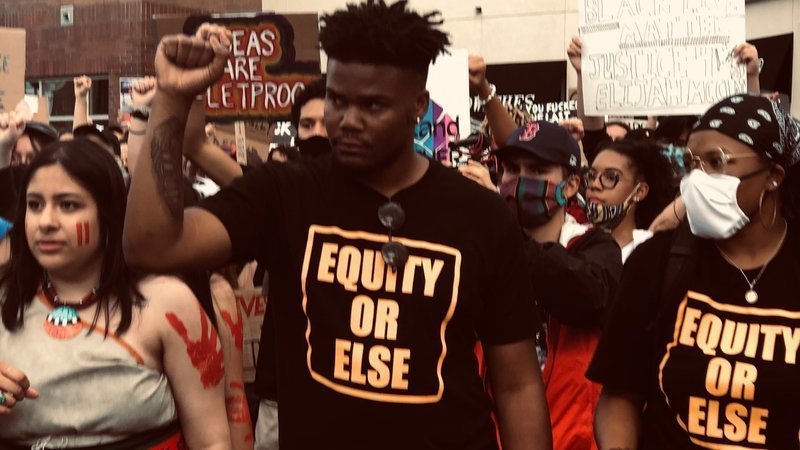- About
- Topics
- Picks
- Audio
- Story
- In-Depth
- Opinion
- News
- Donate
- Signup for our newsletterOur Editors' Best Picks.Send
Read, Debate: Engage.
| topic: | Child rights |
|---|---|
| located: | USA |
| editor: | Yair Oded |
With the school year fast approaching and a second wave of COVID-19 raging through large swaths of the United States, debates around the reopening of schools intensify. Across the country, parents, educators, and activists took to the streets last Monday as part of a National Day of Resistance against what they deem as reckless and life-threatening back-to-school policies put forth both by the Trump administration and state governors.
Several months after the coronavirus pandemic had precipitated the closure of school campuses across the U.S., the White House and heads of states have been pushing hard to resume in-person classes in the upcoming academic year in order to get the economy rolling and save America from its current record-breaking financial meltdown.
Government pressure to reopen schools and threats by the Education Department to withhold funding from schools conducting online classes only have been linked by some to the ongoing effort of President Trump and Secretary of Education Betsy DeVos to gradually privatise the country's school system.
It is true that parents throughout the U.S., particularly essential workers and employees who don’t have the option of working remotely, are in urgent need of daycare solutions for their children. That said, reopening schools without appropriate protective measures in place could acutely exacerbate the surge of the pandemic, a growing number of experts indicate.
As of now, schools in the vast majority of counties in the U.S. are not equipped to resume in-person teaching in a manner that would guarantee the safety of students and teachers. According to a recent estimate by the Council of Chief State School Officers, U.S. schools will require $245 billion in additional federal aid for them to conduct safe campus reopenings.
A proposal by Republican lawmakers from last week offers $71 billion in relief funds for K-12 schools, but conditions the majority of this aid to in-person teaching. Even without the demand for the resumption of physical classes, the aid package covers but a fraction of what is required for schools to safely reopen.
“The stakes are high. This is literally life and death for both us as educators, for our students, and then for all of the families in this community that we return home to,” a Washington D.C. teacher told The Intercept.
In D.C., public schools are scheduled to resume in-person teaching this coming academic year with many schools reportedly having no nurse on campus and lacking PPE, appropriate ventilation, and even hand soap for students to wash their hands with. “Is it appropriate to have no nurse in a school during a pandemic?” said another teacher who participated in the National Day of Resistance demonstration in D.C.
The National Day of Resistance had been conceived by organisations, activists, teachers, and parents from New York to Los Angeles and from Chicago to Phoenix, many of whom expressed discontent with the state of the public school system even before the pandemic. “Our point is we don’t want to just go back to normal because normal wasn’t good at all,” Marilena Marchetti, a public school occupational therapist, told The Intercept.
In a petition launched by Journey For Justice - a coalition of 30 grassroots organisations fighting for racial justice and equity - parents, educators, and activists stipulate their conditions for reopening schools, demanding free COVID-19 tests, improved ventilation and sufficient supplies of PPE, among other provisions. The petitioners also ask the government to provide aid in the form of direct payments to unemployed parents, place moratoriums on standardised testing (which are highly expensive), evictions and foreclosures, and eliminate police presence from campuses.
Activists further point out that with the COVID-19 pandemic disproportionately affecting low income communities and people of colour, school reopenings are in essence a class and race issue. A reckless and unsafe resumption of in-person teaching will place Black and Brown people at an increased risk of infection and, by extension, further socio-economic strain.
Image by Gerd Altmann

